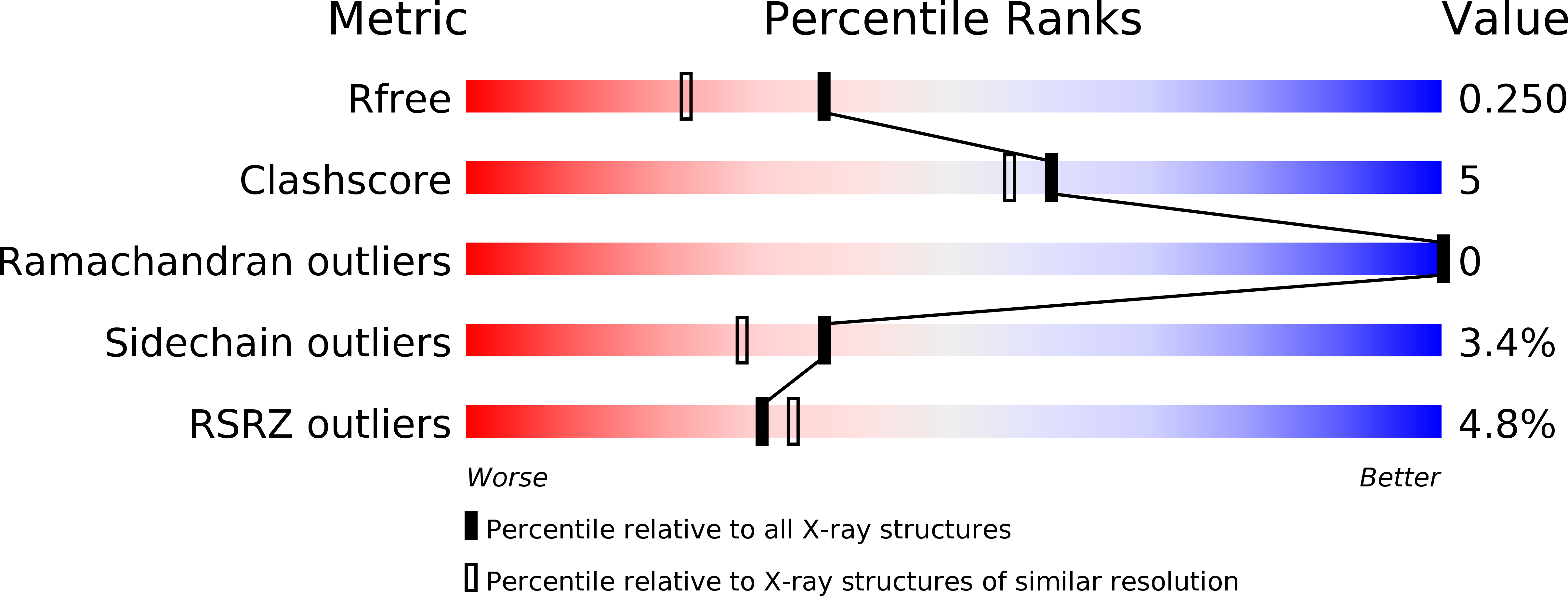
Deposition Date
2019-11-27
Release Date
2020-01-29
Last Version Date
2024-04-03
Entry Detail
Biological Source:
Source Organism:
Salmonella enteritidis (Taxon ID: 149539)
Host Organism:
Method Details:
Experimental Method:
Resolution:
1.90 Å
R-Value Free:
0.23
R-Value Work:
0.20
R-Value Observed:
0.20
Space Group:
P 1


